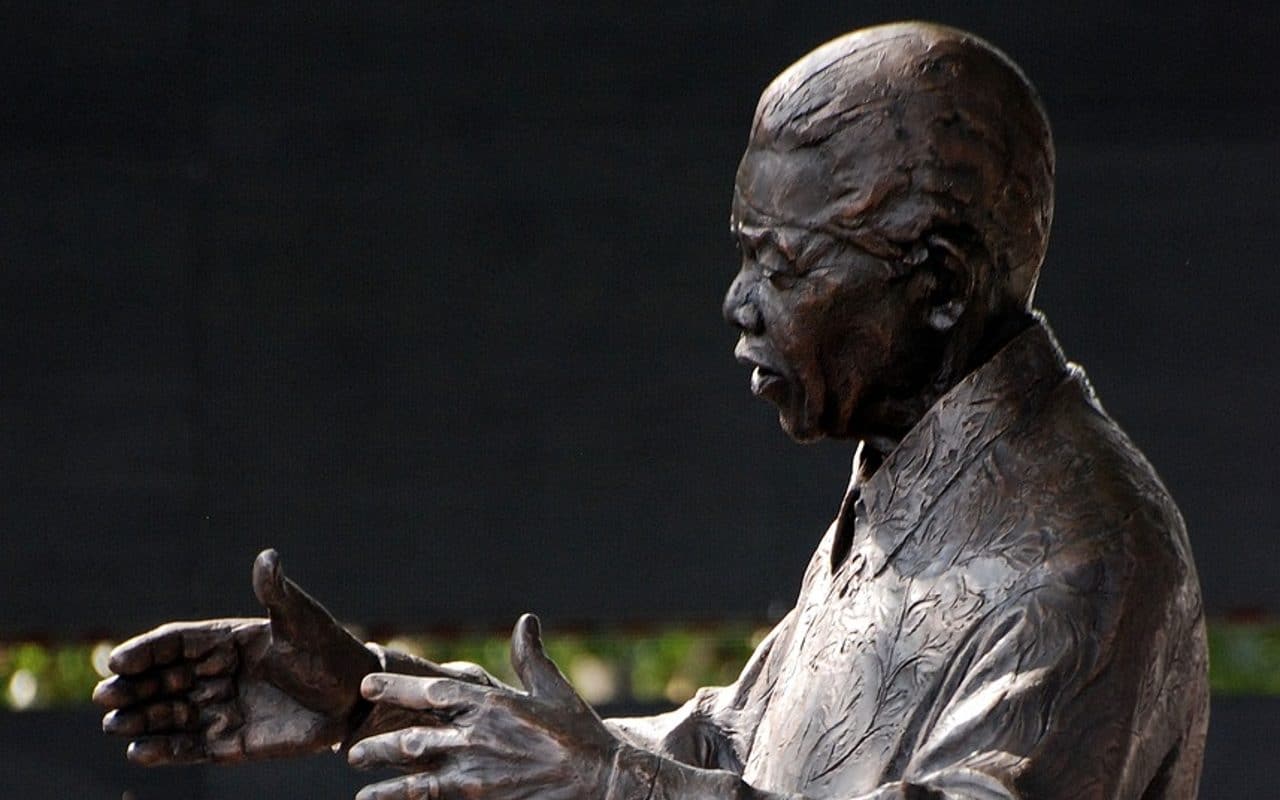
Nelson Mandela was a transformational leader who fought for equity and justice.
Transformational leadership is a leadership style in which the leader inspires and motivates his followers to achieve positive and significant change, both in individuals and in the organization. This type of leader focuses on creating a shared vision, fostering enthusiasm , creativity and commitment among team members. Transformational leaders seek to develop the potential of their followers, promote personal and professional growth, and transform organizations by driving innovation and continuous improvement.
Examples of transformational leadership
Transformational leadership is a powerful way to guide and motivate teams to achieve meaningful, positive change. Below are some notable examples of transformational leadership in various contexts:
- Nelson Mandela – During his fight against apartheid in South Africa, he inspired and united the nation through his vision of an equal and just society. His ability to forgive and reconcile a divided nation profoundly transformed South Africa's political and social landscape;
- Steve Jobs : As co-founder of Apple, Steve Jobs is known for his ability to transform the technology industry. Not only did he drive innovation with revolutionary products like the iPhone and MacBook , he also inspired his employees to think differently and strive for excellence;
- Mahatma Gandhi – led the Indian independence movement through nonviolence and civil disobedience . His transformational leadership not only liberated India from British colonial rule but also inspired civil rights and freedom movements across the world;
- Oprah Winfrey – Through her career as a television host, actress, and producer, she has demonstrated transformational leadership in the media. Her focus on personal empowerment and emotional well-being has inspired millions of people;
- Satya Nadella – As CEO of Microsoft, Satya Nadella has transformed the company's corporate culture. Under his leadership, the company has adopted a growth mindset, promoting innovation, collaboration , inclusion and corporate social responsibility.

The transformational leader's clear and attractive vision motivates his followers.
Main features
Transformational leaders possess certain distinctive characteristics that allow them to have a profound impact on their organizations and teams.
Strategic vision
A clear and attractive vision of the future that motivates followers to work towards common goals. It provides a sense of purpose and direction, driving team members to commit and strive to achieve ambitious goals.
Charisma
A quality that allows transformational leaders to attract and maintain the attention and respect of their followers. A magnetic presence that inspires trust and loyalty, creating an environment where everyone feels valued and motivated to give their best.
Intellectual stimulation
Fostering creativity and innovation by challenging conventional ideas and encouraging followers to use critical thinking. Transformational leaders value experimentation and seek new and original solutions to problems.
Individualized consideration
They recognize and value the individual needs, capabilities and aspirations of each team member. They provide personalized support and mentoring ( mentoring ), helping followers develop skills through effective delegation of responsibilities and continuous learning.
Intrinsic motivation
Transformational leaders use effective communication to motivate and inspire their followers. They use speeches, stories and symbols to convey their messages in a powerful way, generating enthusiasm and commitment in the team.
Role modeling
They serve as examples to follow, demonstrating with their behavior the values and principles they want to see in their followers. Your integrity and business ethics set a standard that others are motivated to emulate.
Change management
They identify the need for transformation and to guide their organizations through change processes effectively. They address resistance to change with empathy and strategies that facilitate the transition to new methods and approaches.
Intersections with other leadership approaches
Transformational leadership does not operate in isolation; It is nourished and enriched by incorporating aspects of other approaches. Below, the key intersections between various leadership styles and transformational leadership are presented, highlighting how they complement and strengthen each other to foster a robust and dynamic organizational environment.
Ethical leadership
Transformational leadership is based on solid ethical principles, where leaders not only seek organizational success but also the well-being of their followers and society in general. Integrity and justice are fundamental, ensuring that transformations are carried out in a morally correct manner .
Situational leadership
Flexibility and adaptability to different situations and contexts. By incorporating situational leadership , they can adjust their style according to the needs of the moment, either adopting a more directive approach or a more participative one depending on the circumstances.
Participatory leadership
Active participation of followers in the decision-making process. By fostering participatory leadership, transformational leaders ensure that the voices of all team members are heard, promoting a sense of belonging and commitment .
Servant leadership
The leader prioritizes the needs and development of his followers. This leadership style helps build trusting relationships and empowers individuals to reach their full potential.
Authentic leadership
Transformational leaders are genuine and transparent, which aligns with authentic leadership. By being themselves and showing their true character, they inspire their followers to act with integrity and honesty .
Distributed leadership
Leadership is not concentrated in a single person, but is shared among several team members. This is especially useful in transformational leadership, where empowerment and collaboration are key to achieving sustainable transformation.
Visionary leadership
Transformational leaders are, by nature, visionaries. They have a clear vision of the future and use it to inspire and guide their followers towards ambitious and often revolutionary goals.

All team members should feel equally valued.
Inclusive leadership
Inclusion is crucial in transformational leadership. Leaders must ensure that all team members, regardless of their background or identity, feel valued and part of the transformation process.
Agile leadership
In an ever- changing business environment, transformational leadership benefits from agility. Agile leaders can quickly adapt to new circumstances and lead their teams through change efficiently.
Change leadership
It focuses on implementing significant changes. Transformational leaders act as change agents, guiding their organizations through important and often difficult transitions.
Leadership competencies
Transformational leaders must develop a number of leadership competencies, including emotional intelligence , communication skills, conflict resolution and change management. These allow them to effectively guide their teams and organizations to success.
Leadership development
Continuous leadership development is essential for transformational leaders. This includes ongoing education and training, as well as mentoring and supporting future leaders within the organization.
